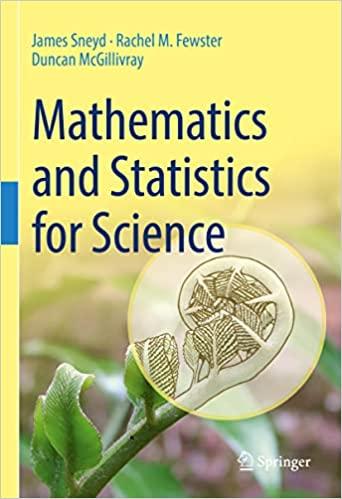When a new disease like Covid-19 arises, doctors must experiment with different drug treatments on live patients.
Question:
When a new disease like Covid-19 arises, doctors must experiment with different drug treatments on live patients. Suppose there are two drugs available, A and B. One of these is likely to be better than the other, but we don’t know which one it is. The doctors would like a strategy that ensures most of the patients will get the better drug, even though they don’t know which one the better drug is.
The name "two-armed bandit"
comes from gambling machines with two long handles or "arms" that players pull to deliver their rewards.
They’re called bandits because they steal your money.
One strategy that doctors can use is called the two-armed bandit strategy. The first patient is given drug A or B at random. From then on, each patient’s treatment depends upon the success of the previous patient’s treatment. If the previous patient’s treatment was successful, the next patient is given the same drug; whereas if it wasn’t, the next patient is given the other drug.
Suppose that treatment is successful with probability α under drug A, and with probability β under drug B. Let X be a random variable such that:
a. Verify that Õ
2 x=1 P(X = x) = 1, for any α and β.
b. Suppose α = 0.8 and β = 0.4. Which is the better drug?
c. The values α = 0.8 and β = 0.4 do not sum to 1. Is this something we should worry about? Write a sentence to explain, using ideas of sample spaces.
d. Write down the probability function of X in table format when α = 0.8 and β = 0.4.
e. What is the probability that a patient gets the better drug, when α = 0.8 and β = 0.4? Does this meet our requirement that most patients should get the better drug?
f. Still using α = 0.8 and β = 0.4, what is the probability of the intersection event that a patient receives drug A and it is successful? What is the probability that a patient receives drug B and it is successful? Putting these together, what is the overall probability of successful treatment?
g. Instead of using the two-armed bandit strategy, suppose the drugs were allocated to patients at random with probability 0.5 each. Redo your calculations in part
f. to find the overall probability of successful treatment in this case. Does the two-armed bandit strategy deliver a clear improvement over this alternative?
Step by Step Answer:

Mathematics And Statistics For Science
ISBN: 9783031053177
1st Edition
Authors: James Sneyd, Rachel M. Fewster, Duncan McGillivray






